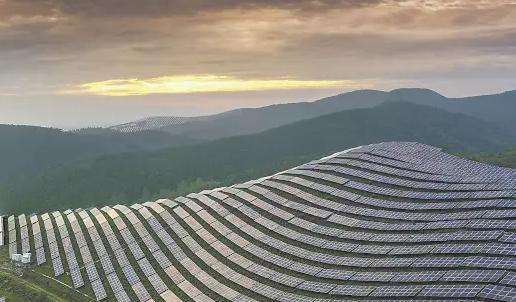Develop general plans and use them comprehensively. Coordinate energy use and other uses of biomass to fully and rationally utilize biomass resources. Actively promote the comprehensive cascading use of biomass resources, make full use of the comprehensive advantages of biomass energy in the production of liquid fuels, electricity, heat, etc., and achieve unity energy, ecological, economic and social benefits.
Adapt measures to local conditions and develop in a diversified manner. Comprehensively consider factors such as biomass resource conditions, climatic differences, agricultural and forestry production characteristics and actual rural conditions, as well as the maturity of energy utilization technology of the biomass and market development, and promote diversityfication of biomass gasification, cast fuels, electricity generation, and liquid fuels according to local conditions and accelerate the industrialization process of new methods of use.
Independent innovation and large-scale development. Vigorously promote the research and industrialization of new technologies for biomass energy utilization, as well as the autonomy of key equipment, improve the utilization and conversion efficiency, and improve the overall benefits. Actively promote the large-scale development of biomass energy, establish and improve a professional, market-oriented and industrialized construction and management model, and form a new biomass energy industry.
Government support and market promotion. Strengthen policy guidance and support, improve the political system, and explore actively models of development and use of biomass energy. Give full play to the role of market mechanisms, cultivate and develop biomass energy enterprises, and continuously improve the market competitiveness of the biomass energy industry. During the "Twelfth Five-Year Plan" period, the development goals of biomass energy are as follows: by 2015, the biomass energy industry will form a relatively large scale, and the Large-scale commercialization and use will initially be carried out in the fields of electricity, heating and rural life energy. The field is expanding the scale of alternative petroleum fuels. The biomass energy utilization technology and technical capabilities of major equipment have been significantly improved, and a number of new biomass energy enterprisesiomasse with strong capacities for technological innovation and on a large scale have emerged. Form a relatively complete industrial biomass energy system. Column 3 Main indicators of biomass energy development during the period of the “Twelfth Five-Year Plan” Scale of use Annual production energy equivalent to the standard amount of coal Unit Quantity unit 10,000 tons/year 1. Electricity production from biomass 13 million kilowatts 78 billion kilowatt hours 2430 Agriculture and electricity production from forest biomass 8 million kilowatts 48 billion kilowatt hours 1,500 Electricity production from biogas 2 million kilowatts 12 billion kilowatt hours 370 Electricity production from waste 3 million kilowatts 18 billion kilowatt hours 560 2. Biomass gas supply 22 billion cubic meters 1,750 Biogas users 50 millionNo. of households 19 billion cubic meters 1,500 Large agricultural surplus Biogas 6,000 2.5 billion cubic meters 200 Biogas such as industrial organic wastewater and sludge from sewage treatment plants 1,000 500 million cubic meters 50 3. Biomass briquette fuel 10 million tons 500 4. Bioliquid fuel 500 Ethanol biofuel 4 million tons 350 biologyDiesel
1 million tons of diesel fuel and aviation fuel 150 Total 5180 By 2015, the annual use of biomass energy will exceed 50 million tons of standard coal. Among them, the installed capacity of biomass power generation is 13 million kilowatts, the annual electricity generation is about 78 billion kilowatt hours, the annual biomass gas supply is 22 billion cubic meters, biomass pellet fuel is 10 million tons and bioliquid fuel. or 5 milliontons. A number of demonstration projects for the industrialization of new technologies for global use of biomass energy will be built.














